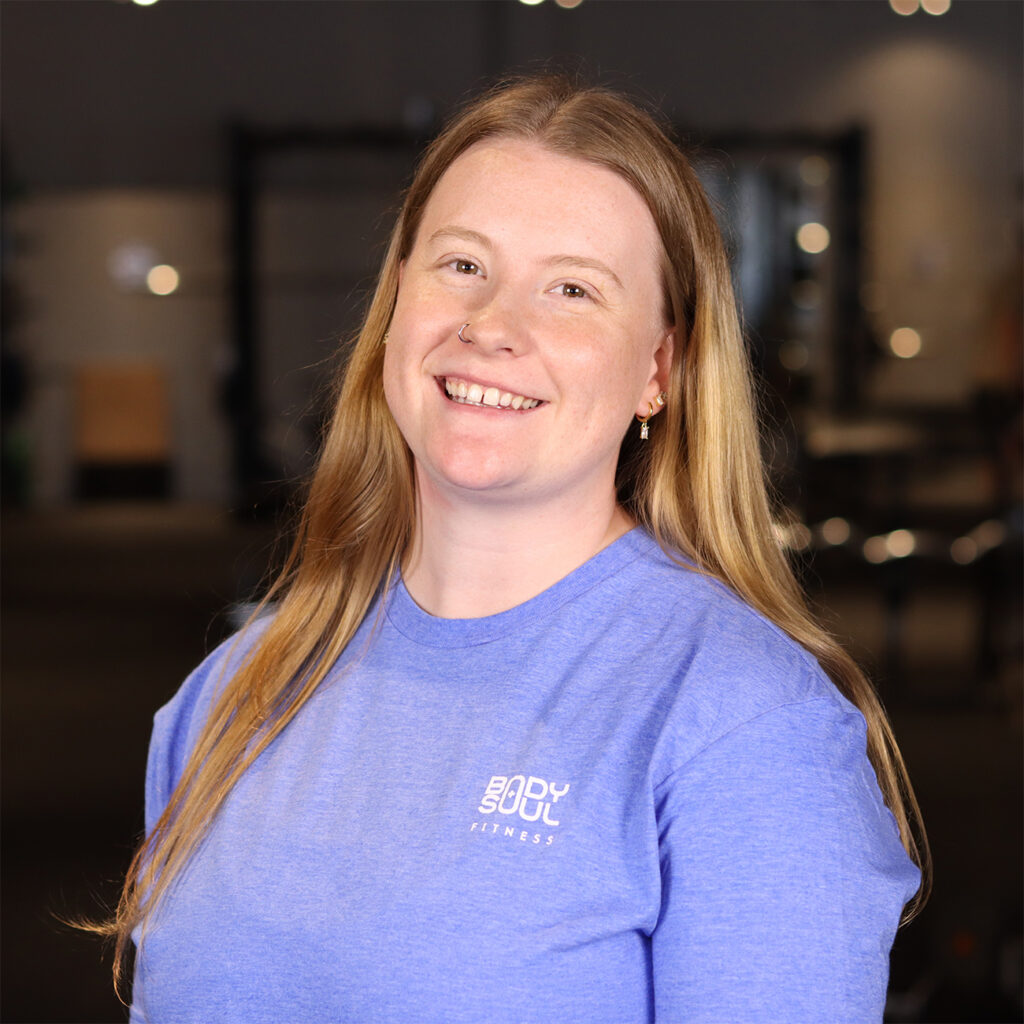Personal Trainer
How to Relieve and Prevent Lower Back Pain
In our Break Free from Low Back Pain workshop, certified personal trainer and recent athletic therapy graduate, Natalie Seguin, taught attendees a series of stretches, exercises, and key concepts aimed at alleviating and preventing lower back pain. In this blog post, we’ll delve into the techniques shared during this workshop to help you achieve a healthier and pain-free lower back.
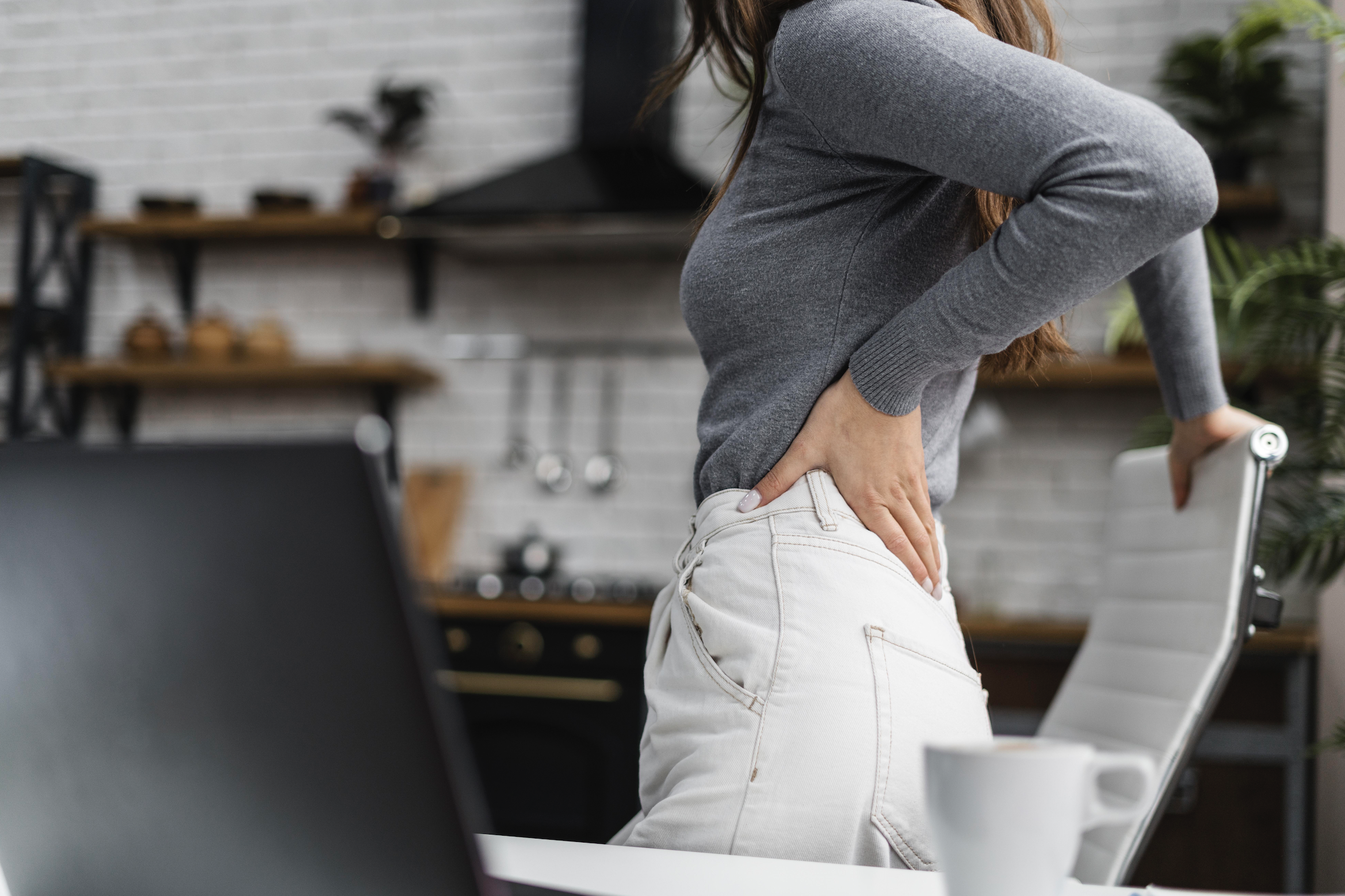
Key Concepts for a Healthy Lower Back
It’s important to understand and address the cause of low back pain, so that you, or any specialists that you work with, choose the right movements for relief. Here are five key concepts that may explain your lower back pain:
Multifidus Muscles
These often-overlooked muscles play a significant role in stabilizing and supporting the spine. The multifidus muscles are crucial for back pain because they provide stability to the spine by supporting its alignment and preventing excessive motion. These muscles also help maintain proper posture and distribute the load on the spine evenly, reducing the risk of strain and discomfort. When multifidus muscles weaken or become imbalanced, it can lead to increased stress on the spine, contributing to back pain and potential injury. Addressing the core muscles will help strengthen the multifidus muscles and decrease lower back pain.
Anterior Pelvic Tilt
People who lead a more sedentary lifestyle are more likely to have an anterior pelvic tilt, where the pelvis tilts forward, the lumbar spine arches more dramatically, and the abdominals open.
An anterior pelvic tilt can cause lower back pain because it alters the natural curvature of the spine, pushing it into excessive lordosis or arching. This abnormal posture places increased stress on the lumbar spine and its supporting muscles, leading to strain and discomfort. It can also result in tight hip flexors and weakened gluteal muscles, further contributing to the problem by disrupting the balance of forces around the pelvis and lower back.
Tight Hip Flexors
Addressing tight hip flexors through stretches and exercises can help mitigate their impact on your lower back and posture. Tight hip flexors can cause lower back pain because they can pull the pelvis into an anterior tilt, increasing the arch in the lower back. This exaggerated lumbar curvature can strain the lower back muscles and place extra pressure on the intervertebral discs. Additionally, tight hip flexors can limit hip mobility, forcing the lower back to compensate during movements, which can lead to pain and discomfort over time.
Sacral Torsion
Balancing the sacrum is crucial for maintaining proper alignment and mobility in the lower back. Sacral torsion can cause lower back pain due to the misalignment of the sacrum, a triangular bone at the base of the spine. When the sacrum rotates or tilts abnormally, it can disrupt the balance of the entire spine, leading to increased stress on the lower back muscles, facet joints, and surrounding ligaments. This imbalance can result in chronic lower back pain as the body struggles to maintain proper alignment and function, often requiring manual adjustments by a therapist to alleviate the discomfort.
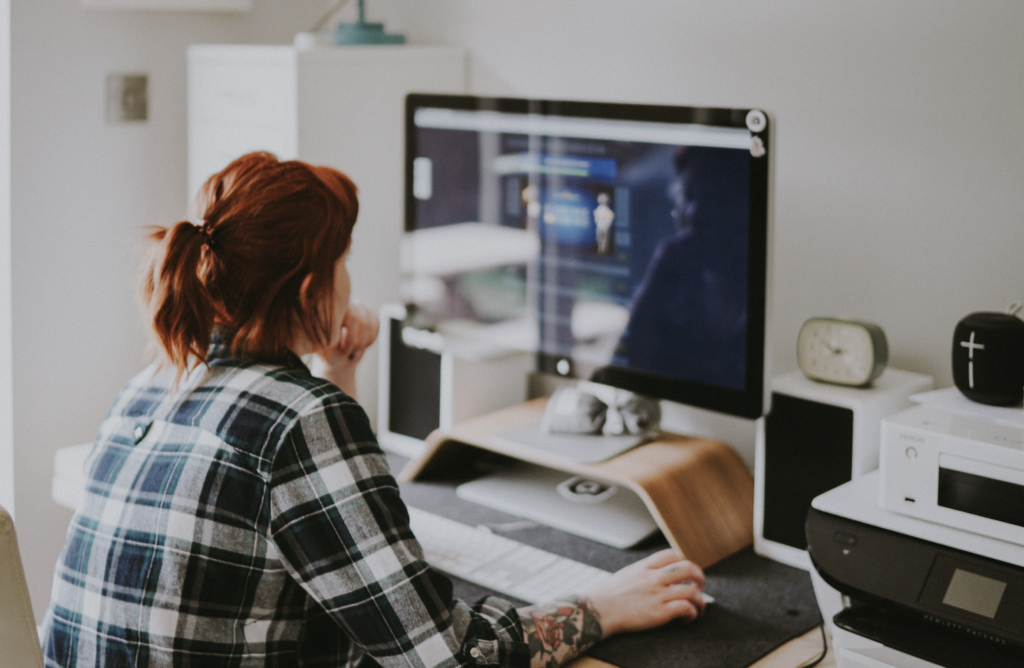
Sitting Impact
Prolonged sitting weakens muscles, contributes to poor posture, and leads to lower back discomfort. Regular movement and exercise can counteract these negative effects. Sitting for extended periods can cause lower back pain because it places excessive pressure on the lumbar spine, leading to poor posture and muscle imbalances. Prolonged sitting can weaken the core and back muscles while tightening hip flexors, hamstrings and the lower back, contributing to discomfort and strain. Additionally, sitting with poor ergonomics, such as an unsupported or hunched posture, can exacerbate these issues, leading to chronic back pain.
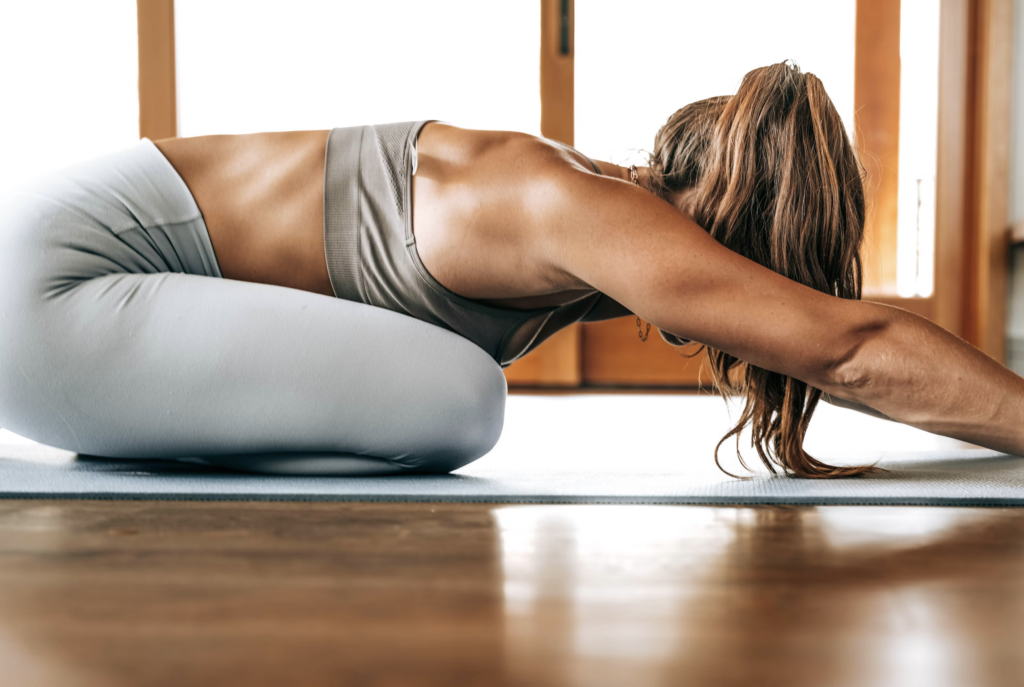
Stretches for Low Back Pain
Now that you know the cause of your lower back pain, it’s time to get moving. You can relieve pain now through dynamic stretches. Stretching can relieve pain by increasing flexibility, relaxing your muscles, improving your blood flow, releasing tension, reducing stress and releasing endorphins. With that said, there are some specific stretches that work better for those dealing with low back pain. Here are five that can help:
Cat/Cow Stretch
This dynamic stretch involves arching and rounding your back alternately, improving flexibility and mobility in the spine. By doing 8-10 rounds, you’re encouraging a healthier range of motion in your lower back.
The cat/cow stretch can improve low back pain by promoting spinal flexibility and reducing muscle tension. When you arch your back (cow pose), it stretches and extends the spine, relieving pressure on the lower back. Conversely, rounding your back (cat pose) helps release tension in the back muscles. This dynamic movement increases circulation, lubricates the spinal joints, and can provide relief from low back discomfort and stiffness.
Sprinkler Stretch
Targeting the obliques and spinal rotation, this stretch involves sitting back towards your feet while rotating your upper body. This exercise enhances flexibility and reduces stiffness in the lower back.
A sprinkler stretch can improve low back pain by increasing spinal mobility and reducing muscle tension. This stretch involves twisting the spine gently, which can help relieve stiffness and tightness in the lower back muscles. Additionally, spinal rotation can promote better circulation and nutrient flow to the affected area, aiding in the recovery from low back pain and discomfort.
Thread the Needle
A gentle stretch that releases tension in the upper back and shoulders, the thread the needle exercise improves overall spinal mobility. Holding the stretch for 15-20 seconds on each side can provide significant relief.
The thread the needle stretch can help improve lower back pain by releasing tension in the lower back muscles and increasing spinal mobility. This stretch involves gently rotating the spine and stretching the muscles along the back, which can alleviate stiffness and discomfort. By promoting flexibility and blood flow in the lower back region, this movement can provide relief from lower back pain and contribute to overall spine health.
Hip Flexor Stretch
Address tight hip flexors with the hip flexor couch/wall stretch. With your knee on a padded surface, place your shin against the edge of a couch and tilt your pelvis. Hold this stretch for 20-30 seconds on each side to effectively release tension.
A hip flexor stretch can alleviate low back pain by addressing muscular imbalances that often contribute to discomfort. Tight hip flexors can pull the pelvis into an anterior tilt, leading to increased stress on the lower back. Stretching these muscles helps correct posture and reduce the strain on the lumbar spine, potentially relieving low back pain and improving overall comfort and mobility.
Pigeon Pose
This yoga-inspired pose is fantastic for opening the hips and glutes, which can alleviate pressure on the lower back. Holding the pose for 20-30 seconds on each side encourages deeper flexibility.
Pigeon Pose can help alleviate low back pain by stretching and releasing tension in the hip and gluteal muscles. These muscles are interconnected with the lower back, and tension or tightness in the hips can contribute to discomfort in the lumbar region. By performing pigeon pose regularly, you can improve hip flexibility and reduce the strain on the lower back, potentially providing relief from low back pain and promoting greater overall comfort.
Core Strengthening Exercises for Lower Back Pain
Perhaps the most important thing you can do to prevent, relieve, and recover from lower back pain is strengthen your core. Strengthening your core can significantly reduce lower back pain due to the role your core muscles play in supporting your spine and maintaining proper posture. Here are four exercises to strengthen your core:
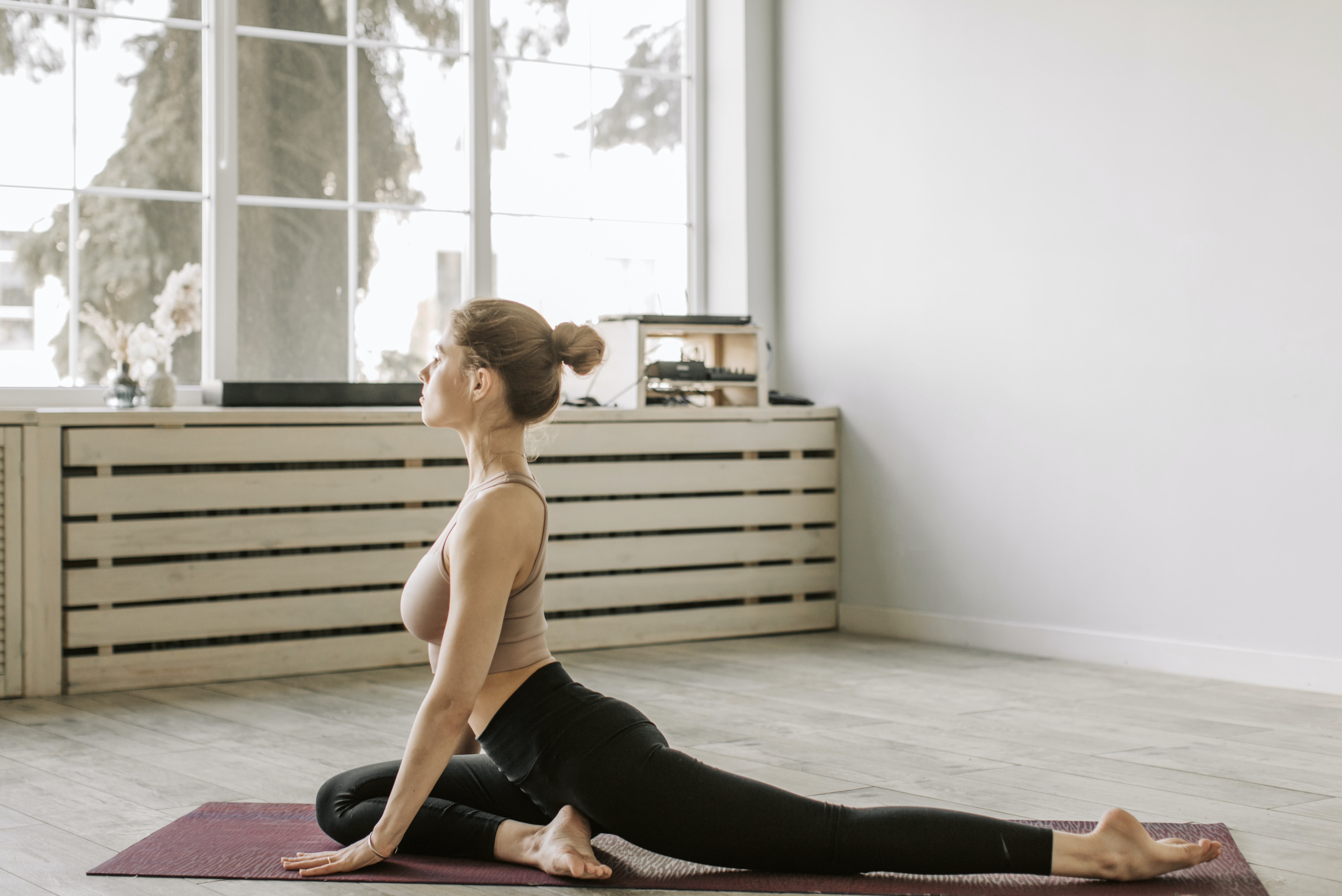
Transverse Abdominis (TA) Activations
By engaging the transverse abdominis muscle, which acts as a natural corset for your spine, you’re enhancing core stability. The emphasis on 8-10 repetitions strengthens the core muscles over time.
Activating the transverse abdominis (TA) muscles can help improve low back pain by providing greater stability to the lumbar spine. These deep core muscles act like a natural corset, supporting the spine and reducing excess movement that can lead to strain and discomfort. Strengthening and engaging the TA muscles through exercises like pelvic tilts or core bracing can enhance spinal alignment and alleviate low back pain by enhancing core strength and stability.
Low Ab Marching
This exercise challenges your lower abdominal muscles while maintaining a neutral spine. Lifting your legs at a 90-degree angle and alternating the leg movement ensures balanced core engagement.
Low ab marching exercises can improve low back pain by strengthening the core muscles, enhancing spinal stability and reducing the load on the lower back. These exercises promote better pelvic alignment and support the umbra region, reducing the risk of strain and discomfort. By engaging the lower abdominal muscles, low ab marching can contribute to improved posture and reduced stress on the lower back, potentially alleviating pain over time.
Dead Bugs
The dead bug exercise strengthens your core muscles while ensuring your lower back stays pressed into the floor. The controlled movement of alternating arm and leg extensions engages various muscle groups for stability.
Dead bug exercises can help improve low back pain by strengthening the core muscles, including the transverse abdominis, which provides stability to the spine. These exercises also promote better spinal alignment and reduce the risk of overextension, which can contribute to discomfort in the lower back. By engaging the core and practicing controlled movements in dead bug exercises, individuals can build core strength and support, potentially alleviating low back pain and enhancing overall back health.
Bird Dog
By extending one arm and the opposite leg, the bird dog exercise engages both the core and the muscles along your back. This exercise enhances balance and spinal alignment.
Bird Dog can help improve low back pain by enhancing core strength and stability. This exercise involves extending one arm and the opposite leg while on all fours, which challenges the core muscles, including the TA and erector spinae. Regular practice of bird dog can improve posture, spinal alignment, and overall core support, potentially reducing low back pain and discomfort.
It’s important to note that while core strengthening is beneficial, it should be part of a holistic approach to addressing lower back pain.
Conclusion
Through a combination of flexibility, strengthening, and a deeper understanding of key concepts, you can embark on a journey to enhance your overall well-being. Remember that consistency is key; these techniques gradually contribute to improved lower back health over time. Always listen to your body and consult a healthcare professional if you have any pre-existing conditions.
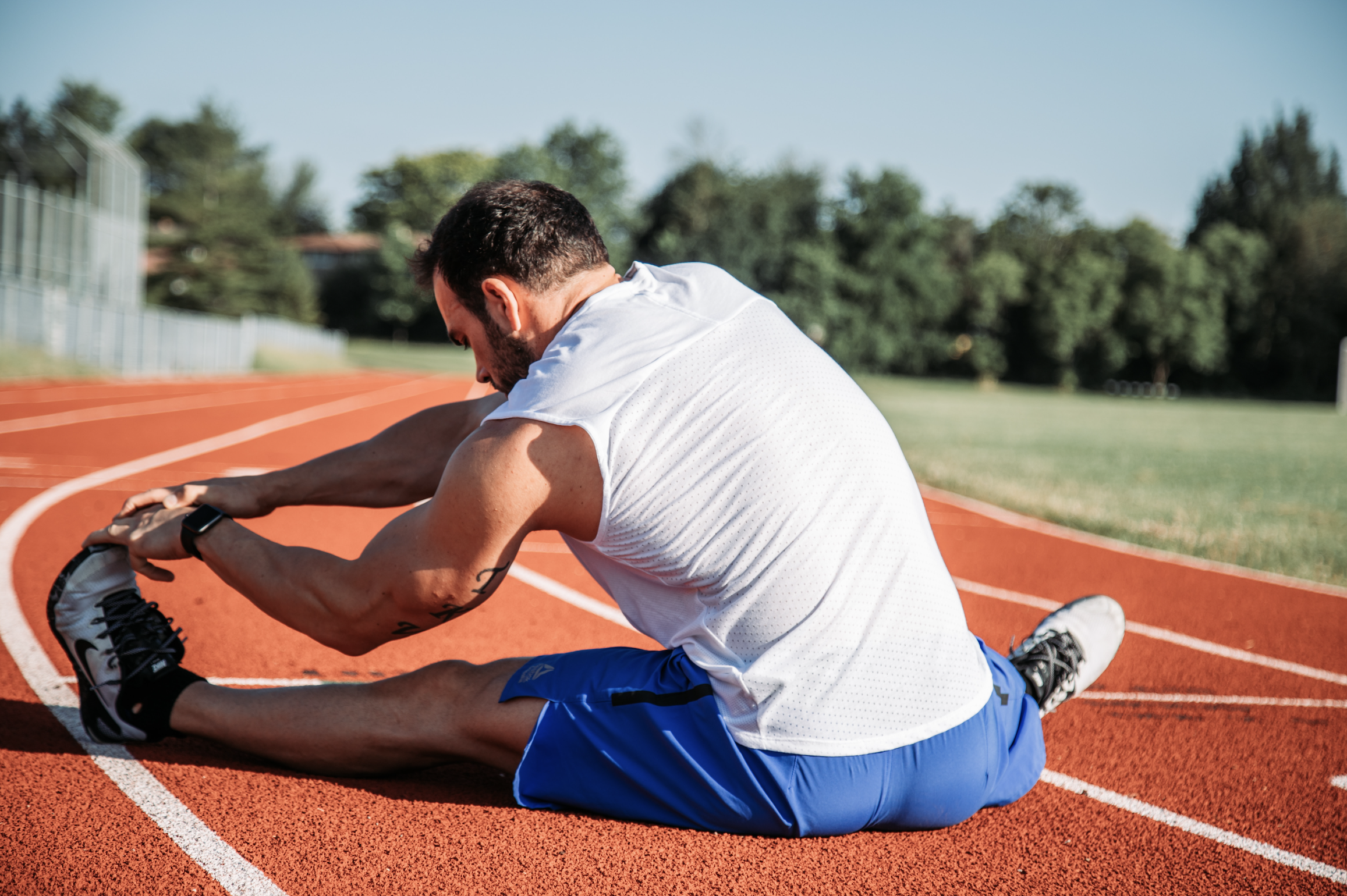
Begin Your Journey with Us
If you’re finding it challenging to get started on your journey, feel free to reach out to us for a complimentary consultation. We would be more than happy to offer some guidance to help you move forward. Sometimes taking the first step is the hardest, so don’t hesitate to get some help to kickstart the process. We all start somewhere.

